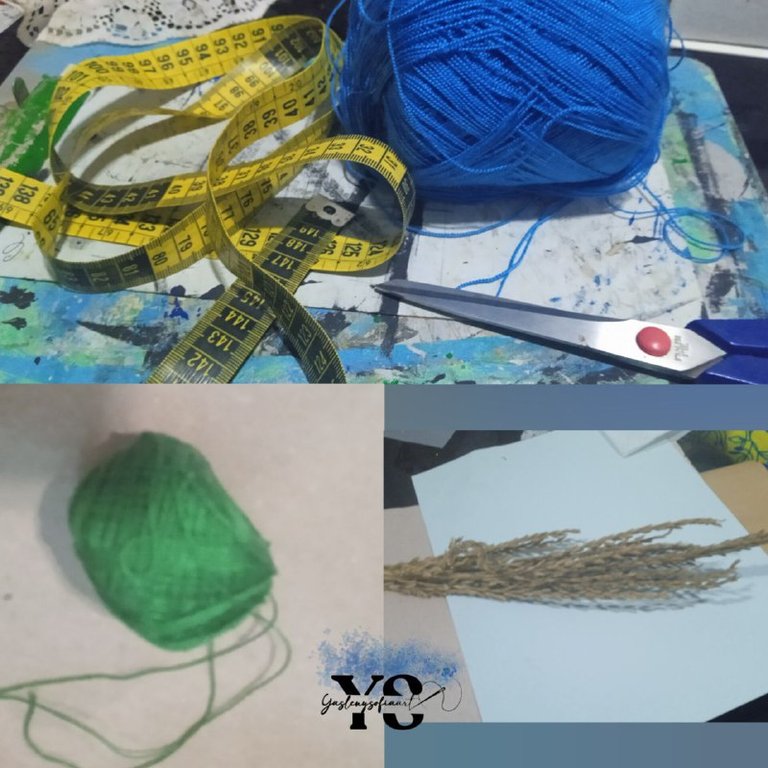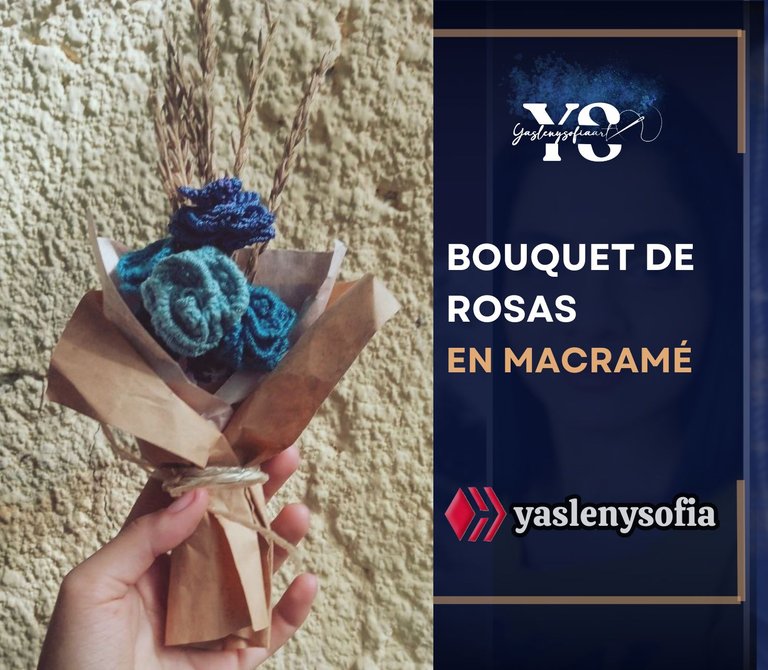Saludos comunidad de
@DIYHub, hoy quiero compartirles como hice este pequeño bouquet rosas hechos en macramé para un regalo, espero les guste el resultado.
PASO 1: Realización de los pétalos de rosa en macramé.
Tomamos 5 hebras del hilo de algodón (o hilo para macramé) de casi 2 metros cada una; dependiendo del tamaño en el que quieres que resulte la rosa, ejemplo con esos casi 2 metros en hilo de algodón me salen 14 pétalos de la rosa, si hago 12 o 9, la rosa resulta más pequeña. También depende del grosor del hilo.

Uno de esos hilos, lo prensamos con una tabla de gancho, que un poco más de la mitad que por fuera. Luego, agarramos otro hilo, doblado por la mitad y hacemos un nudo alondra, que es pasar la parte suelta de ese hilo, por el medio del otro.
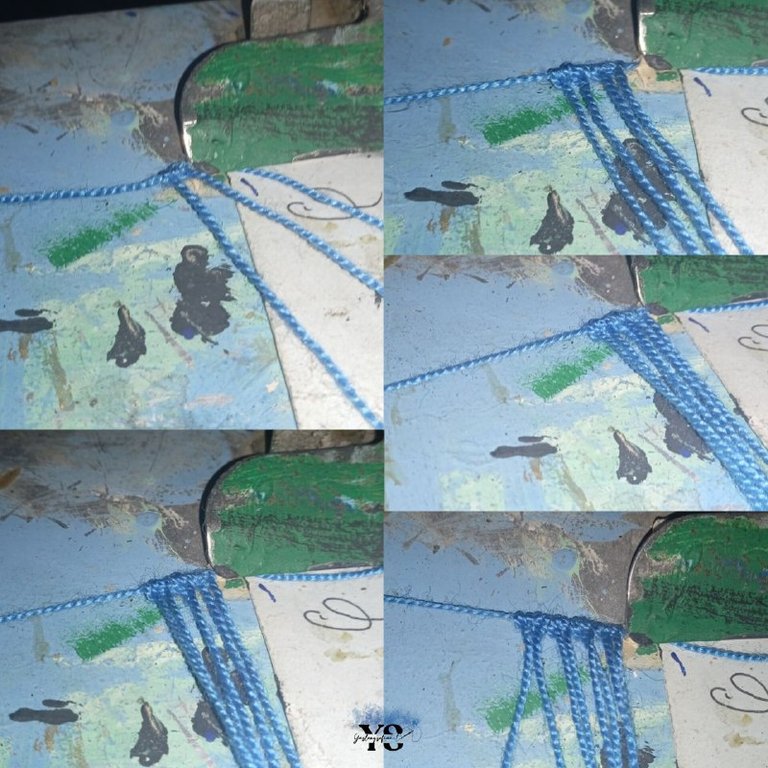
Con este nudo listo, se procede hacer un nudo por cada uno de los extremos del mismo, es decir, tomo hilo derecho y hago un nudo, tomo hilo lado izquierdo y hago un nudo. Este lo hacemos con los 4 hilos restantes, resultando de esta manera.
Tomamos el primero hilo de la hilera (vamos a llamarlo hilo A), de derecha a izquierda, es decir el que está cerca del gancho y lo ponemos encima del resto. El siguiente hilo después de este (Hilo B), se cruza con este se hace un nudo dos veces; al hacer estos nudos dejamos este hilo (B) y agarramos el siguiente hilo (C) y lo anudamos con el primero (el A) dos veces y así sucesivamente repetimos con los posteriores hilos).
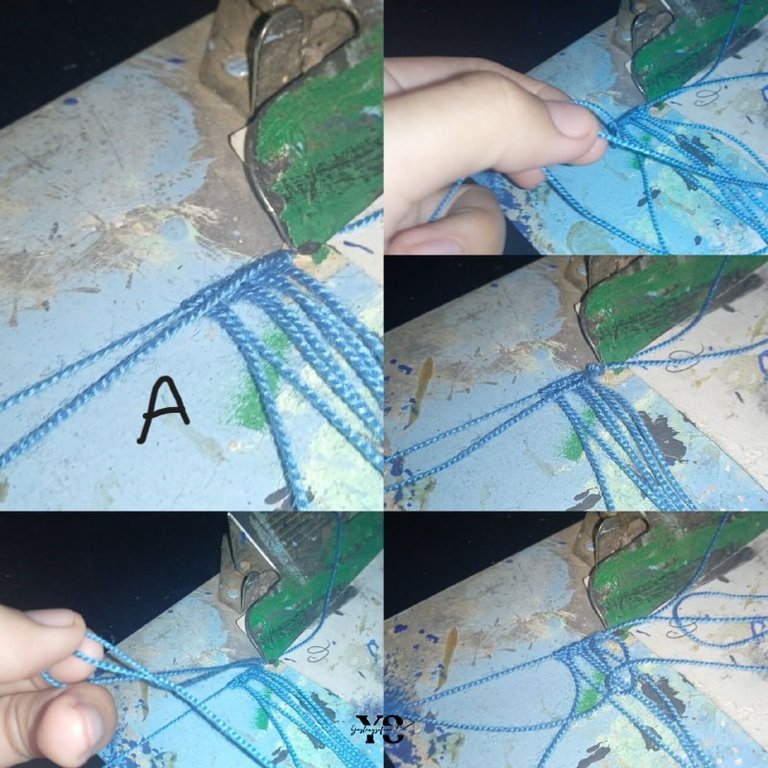
Cuando estemos al final de la hilera, el primer hilo (A) lo pasamos por debajo del hilo base o hilo D hacemos los nudos, quedando este hilo (A) del otro lado.
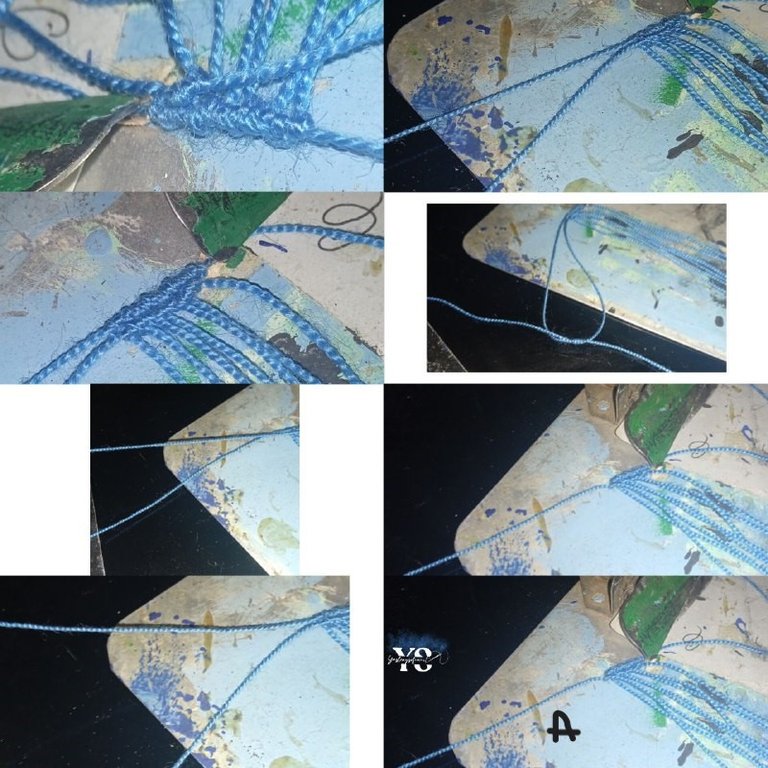
Para la siguiente hilera, el primer hilo (el B) lo dejamos a un lado por lo que el segundo hilo que sería el C, hacemos lo mismos que el paso anterior, encima de los otros y con el resto el nudo, solo que cuando se llegue al final no le vamos hacer el nudo con el hilo A, solo lo vamos dejando a lado de este.

Ahora, dejamos los dos primeros hilos a un lado, y con el siguiente hilo, hacemos los respectivos nudos. Por lo que al final quedarían 3 hilos al otro lado.
Aquí vamos con la última fila, ignorando los tres primeros hilos, hacemos el mismo proceso con los restantes.
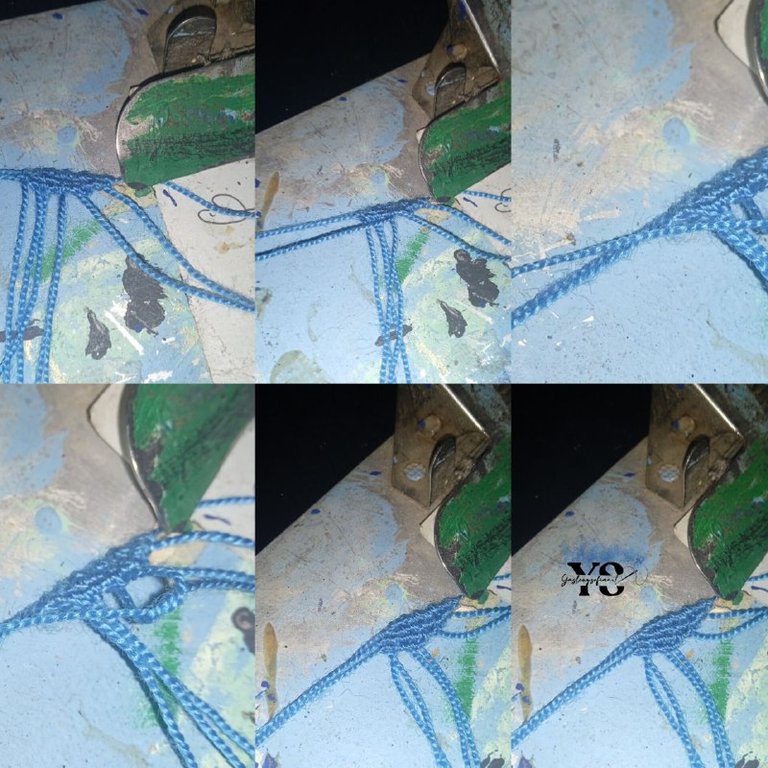
Ahora bien, con los cuatros hilos que pasaron el otro lado, tomamos el primero del que esta izquierda a derecha (el A) pasándolo encima del siguiente, donde haremos dos nudos, es casi el mismo procedimiento que los anteriores, solo que en vez de dejar a un lado con el hilo que hace el nudo, nos los llevamos con el primero y hacemos un nudo con el siguiente hilo, juntando este tercero a los otros dos y hacemos nudo con el siguiente, es decir C le hace un nudo al hilo A, y en vez de C quedarse de un lado, se viene con el A y el siguiente hilo le hace un nudo a estos dos y así sucesivamente.
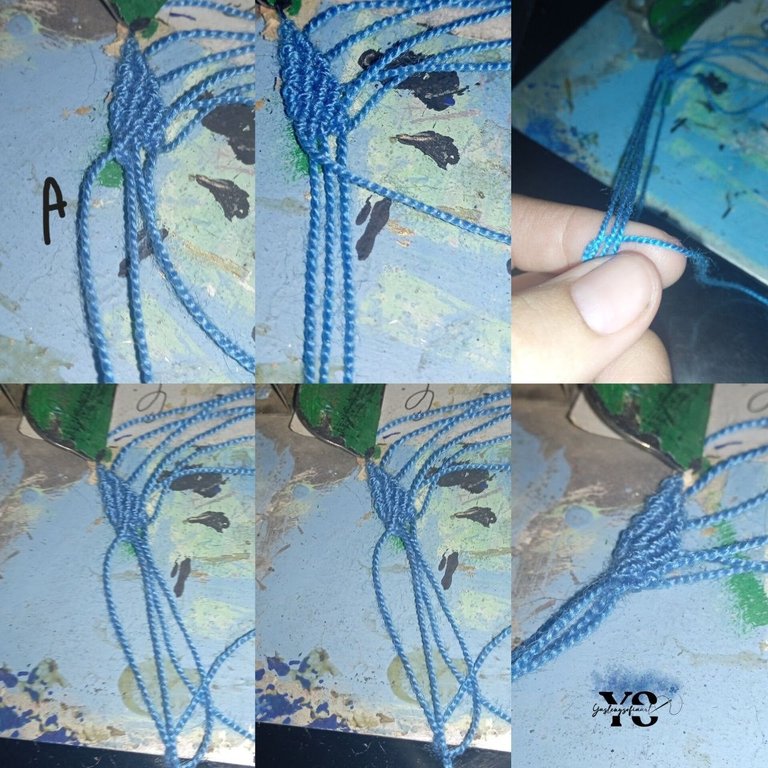
Soltamos del gancho lo que se acaba de hacer y lo volvemos a sujetar horizontalmente, haciendo con esos 5 hilos, como los marco en la imagen con el número, se hace el mismo proceso anterior, primer hilo, anudo con el siguiente, en vez de dejar el que hace el nudo a un lado, lo juntamos con el primer y el tercer hilo les hace un nudo; ese 3 se une a los otros 2 y con el siguiente les hacemos dos nudos y así sucesivamente, completando el primer pétalo.
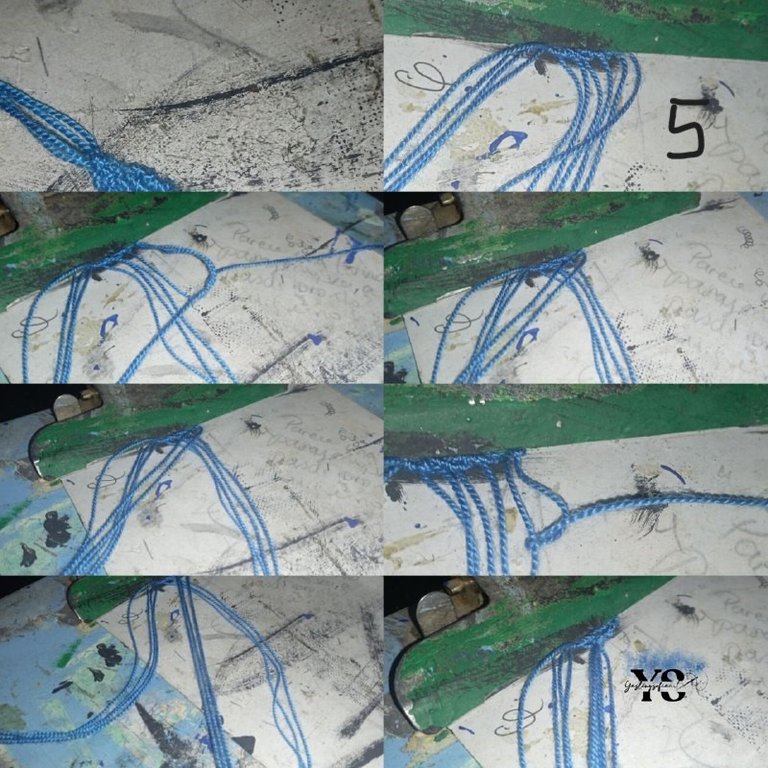
Esos 5 hilos los juntamos con los otros 4 anteriores, tomamos uno de esos para pasarlo debajo de los 8 hilos restantes, haciéndole dos nudos, y procedemos hacer los mismos con 7 de esos 8 hilos, pues uno quedará como soporte y así quedaría como el inicio de este nuevo pétalo.
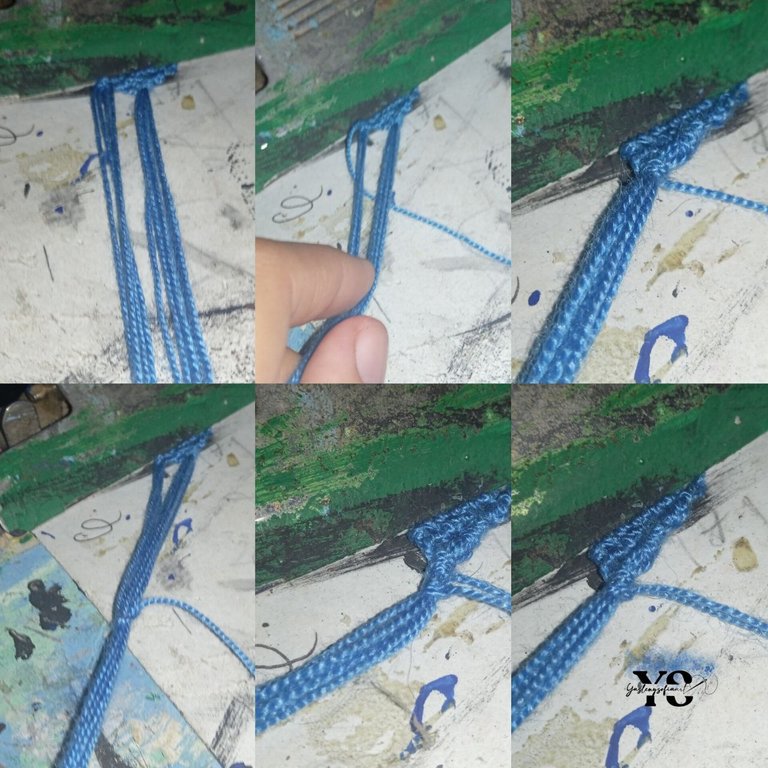
Y hacemos todos los pasos anteriores para hacer el segundo pétalo, solo que, en este caso, desde el inicio ignoramos el primer (el hilo A), por lo que el siguiente hilo después de este, quedaría como el primer hilo a anudar.
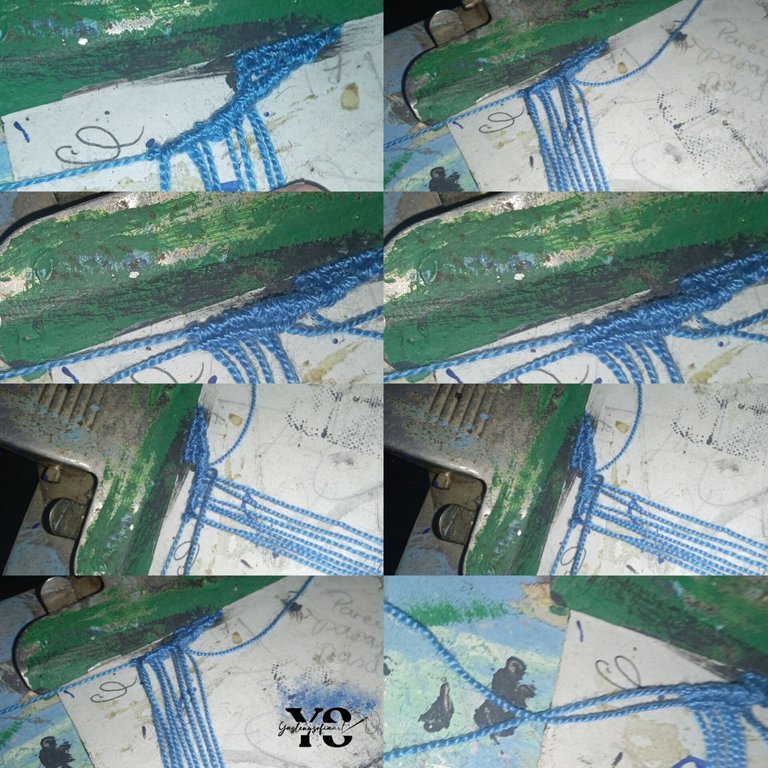
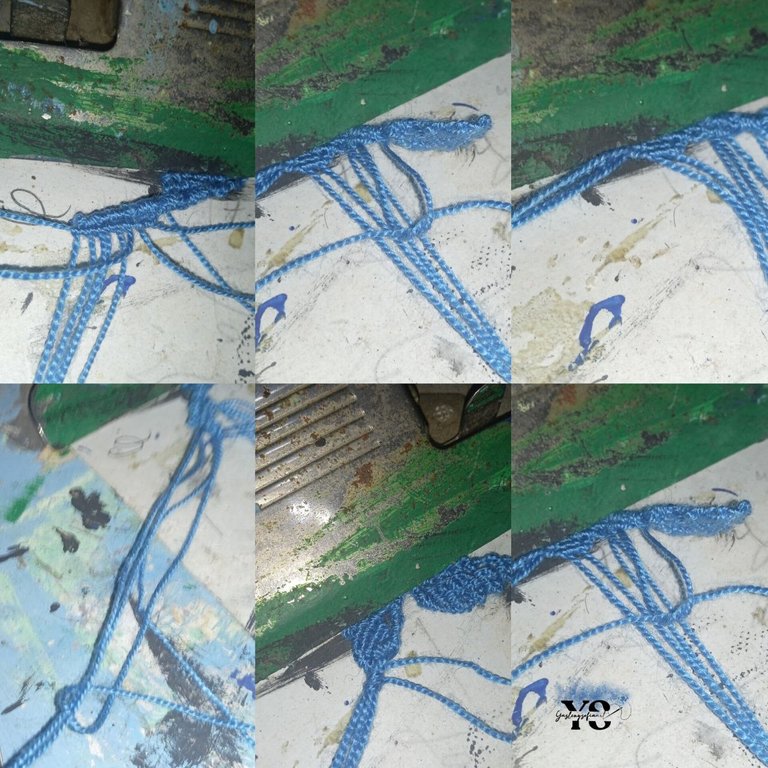
Todo esto lo hacemos 14 veces, para tener 14 pétalos, si lo hacen menos, la flor les quedara un poco más pequeña. Hay uno que los hice de 10 pétalos porque no calculé bien el tamaño de los hilos, pero no se vieron mal.
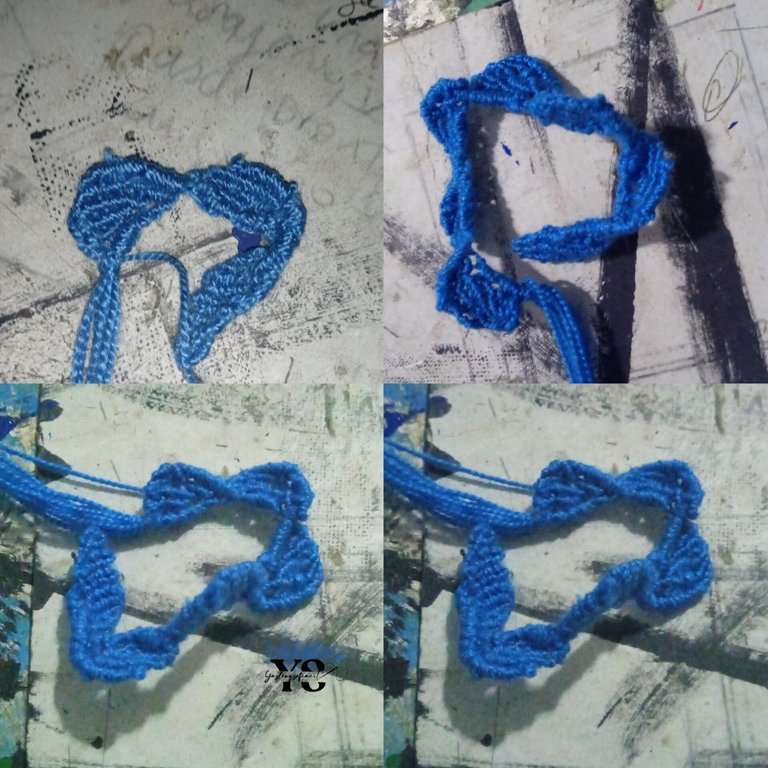
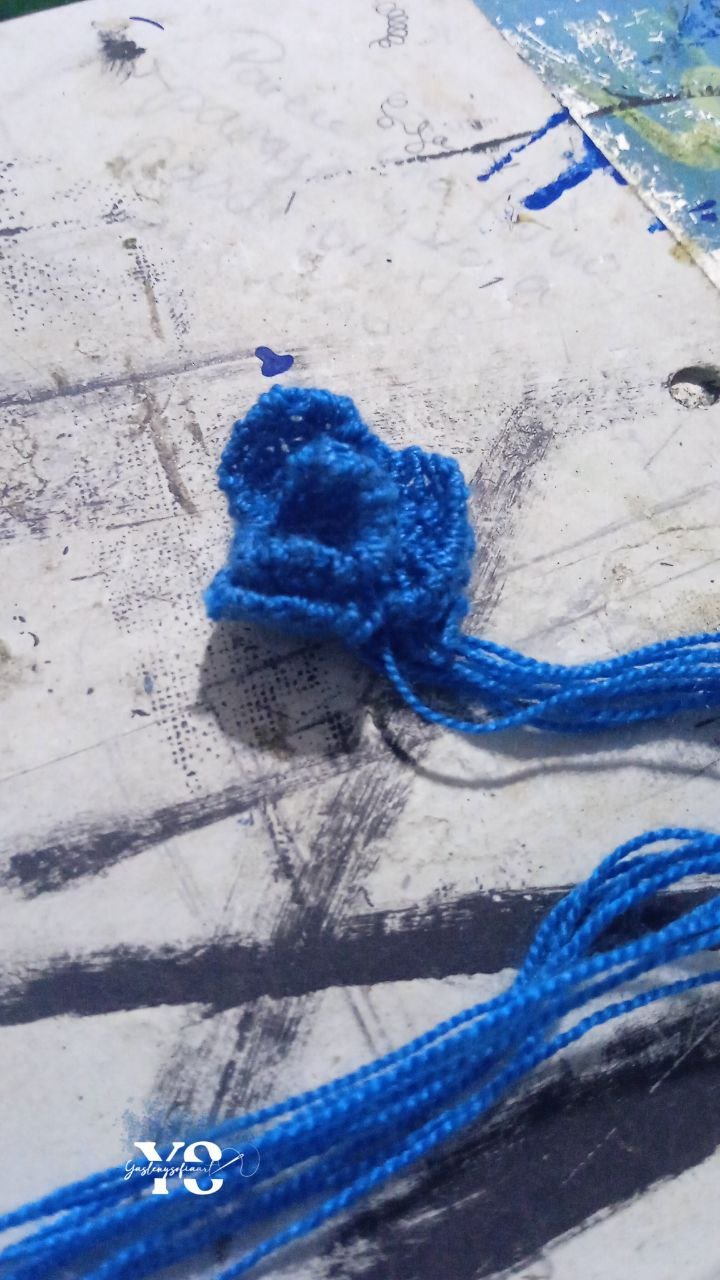
Aquí viendo como va quedando
PASO 2: Armado de la rosa.
Luego de tener los 14 pétalos, procedemos a tomar uno de los hilos más largos sobrantes, lo pasándolo por uno de los orificios que se ven en el pétalo, por la parte interna, la cara que da para uno. Así se hará con los siguientes pétalos, y notaran que, a medida que jalan, se van enrollando.
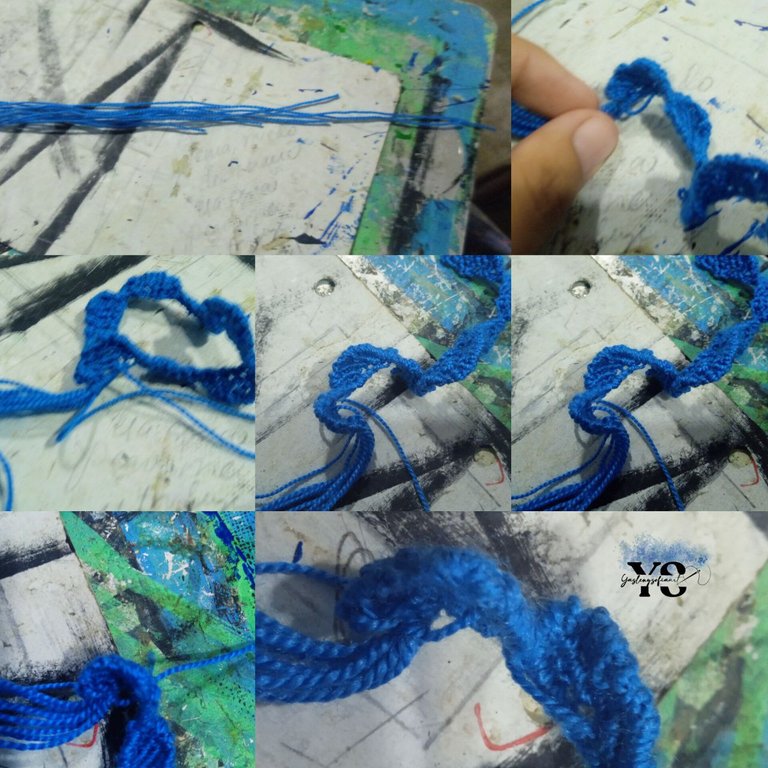
Al llegar el ultimo, por detrás de este, hacemos un nudo con el hilo, para cerrar la trama, y con dos hilos sobrantes, enrollamos a todos los hilos sobrantes, que quedan debajo de la rosa ya formada, para darle cierre y firmeza a todo.
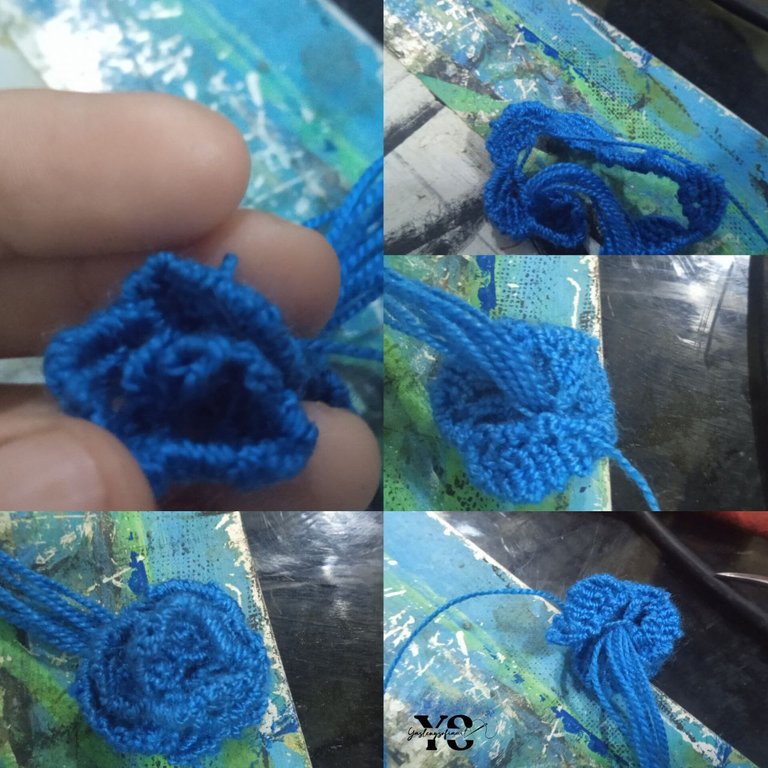
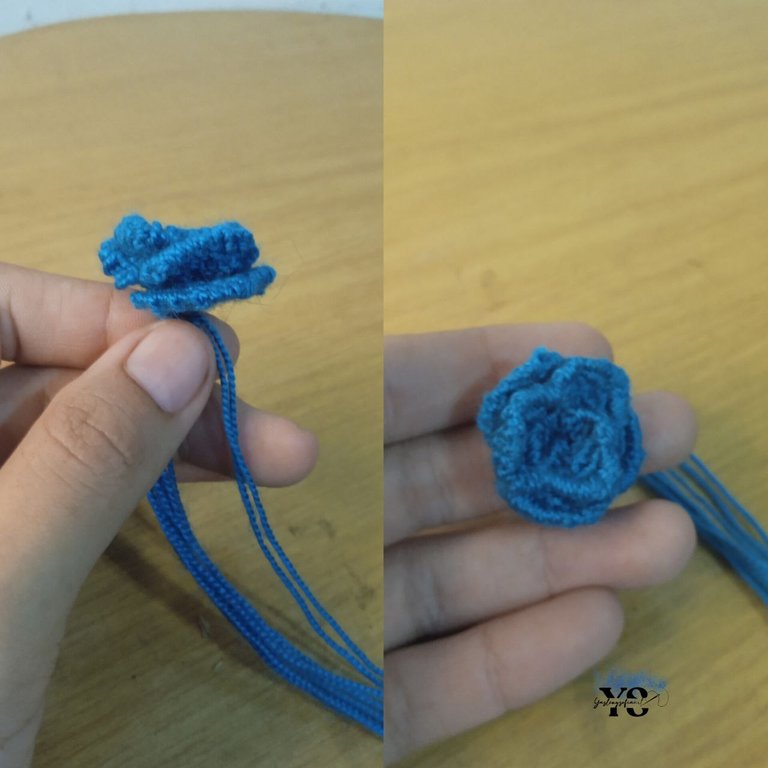
En esta imagen pueden notar que hice 4 rosas de distintos tamaños y materiales, la más oscura la hice con hilo perlé y la más clara con hilo pabilo que tenía, con este me gusto la textura y se me hizo más fácil hacer los pétalos.
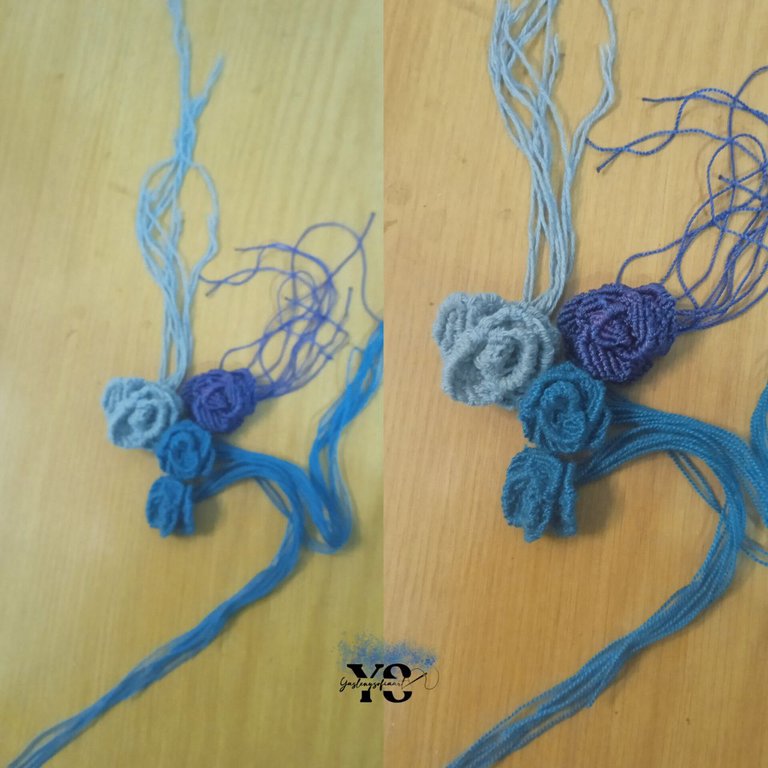
PASO 3: Tallo de la rosa.
Aquí tomamos un pedazo de alambre, yo usé uno como de 7 cm, y con dos de las flores azules y varios nudos con otro hilo del mismo material, los hilos que sobraron de la rosa al alambre. Es básicamente cubrirlo. Notando que era mejor hacer verde la parte del tallo y unas hojas.
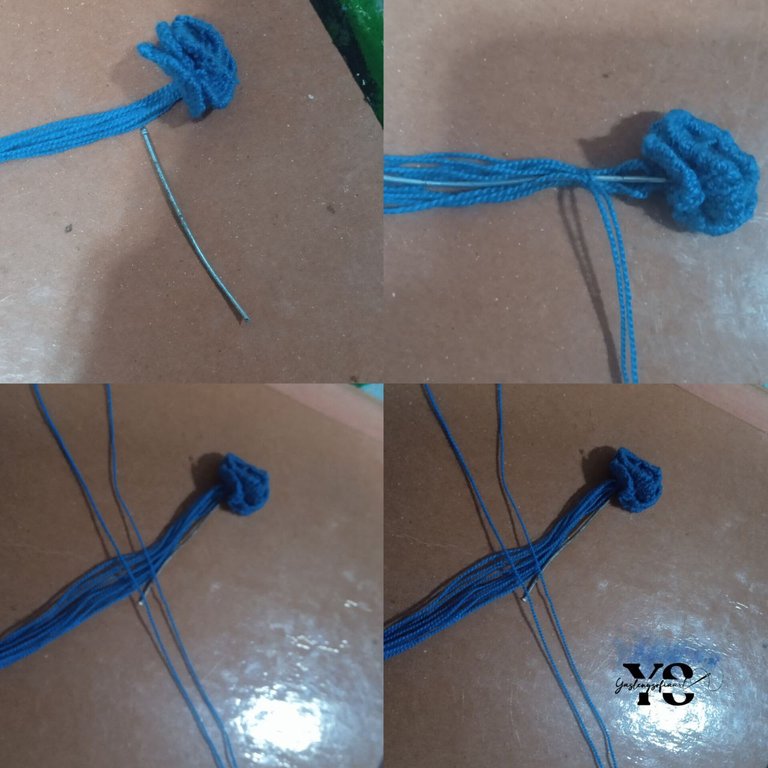
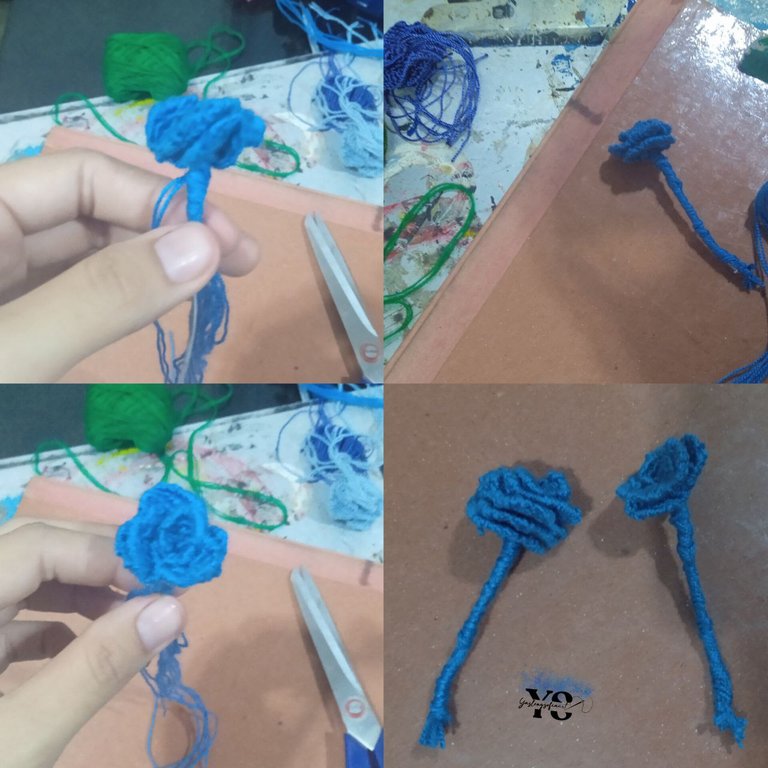
PASO 4: Realización de las hojas en macramé.
Para las hojas si fue un proceso algo más mío, porque no encontraba un paso que funcionará con los hilos que tenia a la mano, lo intenté un hilo perlé verde y no me resultó, al final las hice con hilo pabilo verde oscuro y uno de algodón que era más grueso.
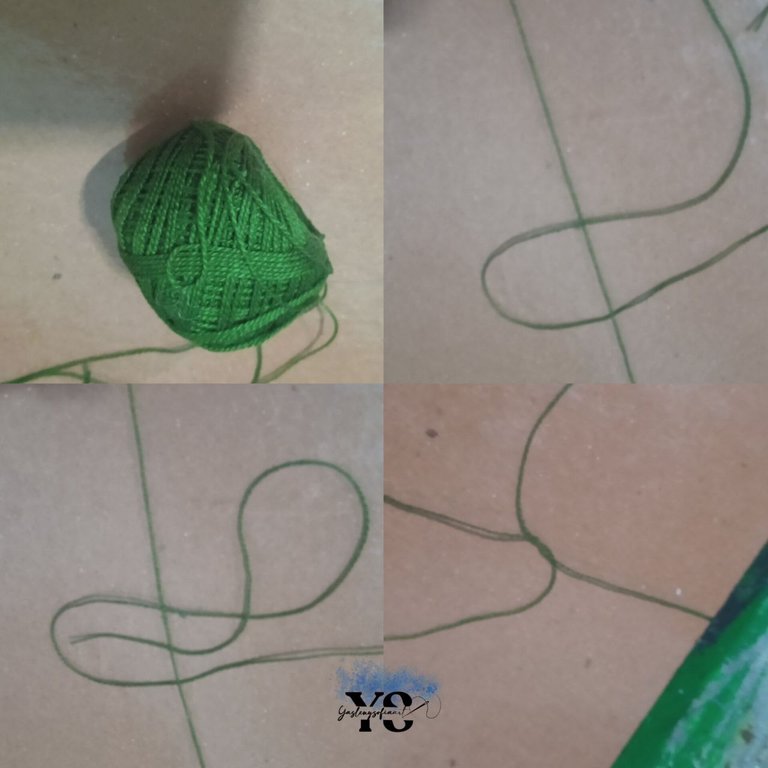
Tomamos 7 hilos de 60 cm 6 de ellos y 30 cm uno; el de 30 cm va a ser la base, por lo que lo enganchamos a las tablas. Con los otros 6 hacemos los nudos alondra. El primero hilo de lado derecho, lo anudamos 2 veces con cada uno de los 5 restantes, y este quedaría en el medio al final.
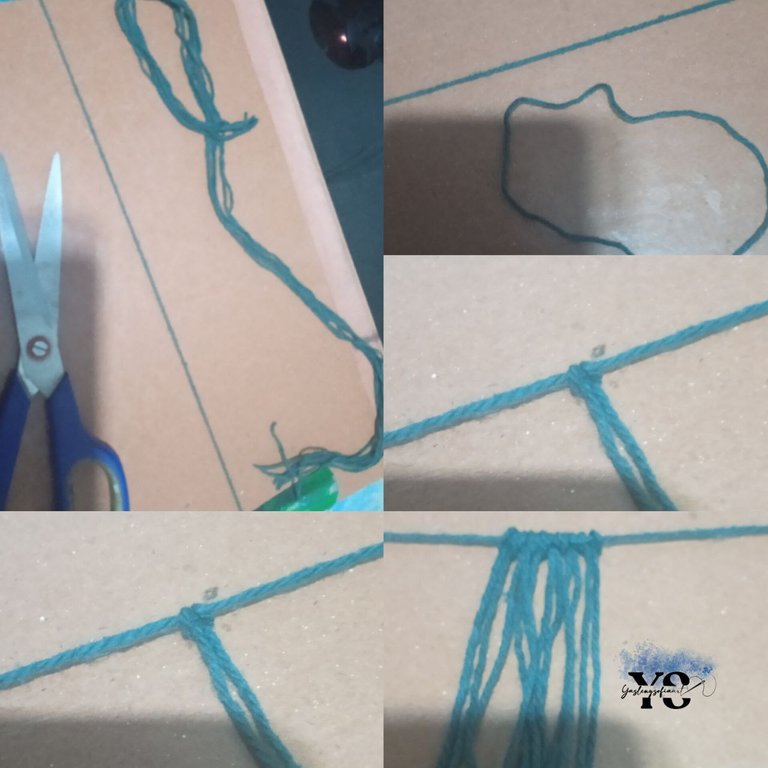
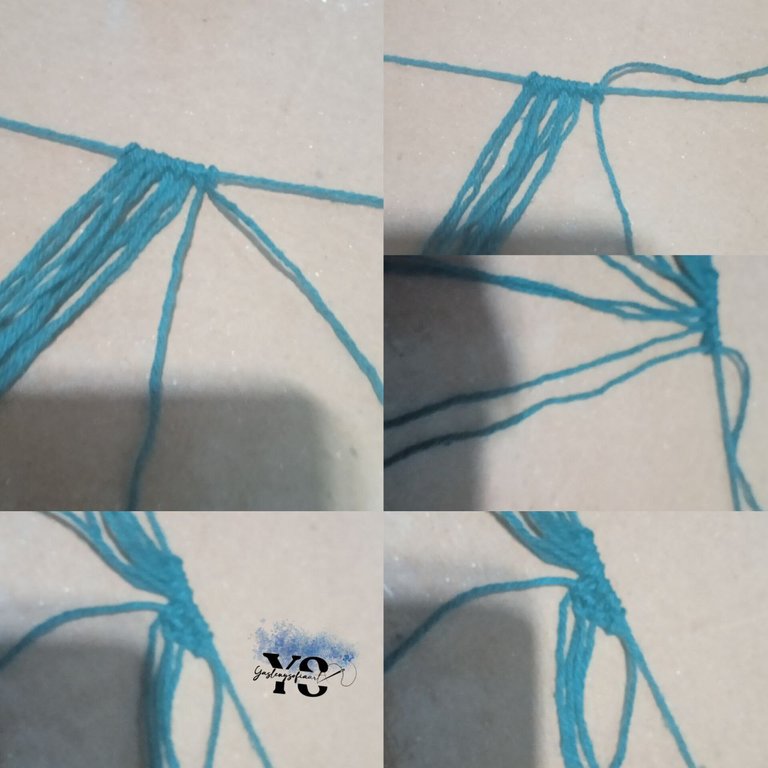
Hacemos lo mismos con los otros 6 hilos de lado izquierdo, quedando el primero de esos 6 en el centro. Los dos hilos que queda en el centro, hacemos dos nudos y repetimos el proceso, es casi como el de pétalo.
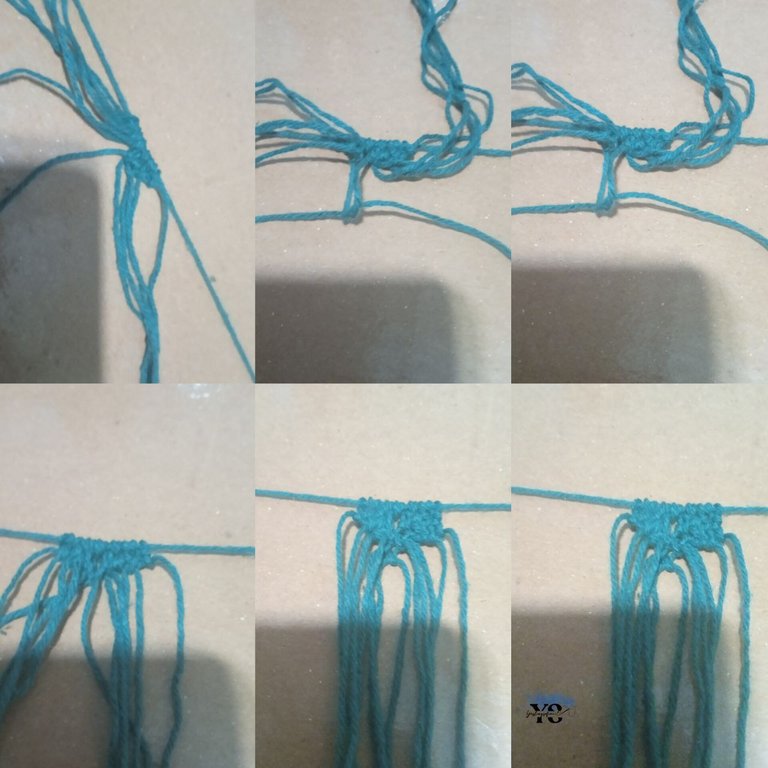
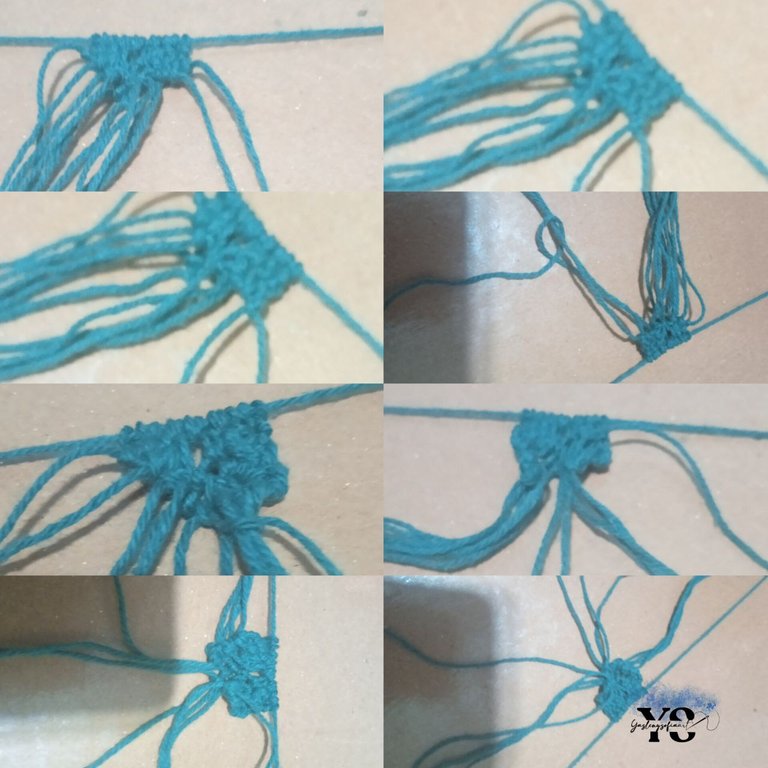
Ahora para que todos los hilos se dirijan al centro, le vamos haciendo nudo con el siguiente, pero en vez de dejar hilos para el otro, no lo vamos trayendo con el otro, y va dirigiéndose al centro y haciendo como la forma de hojas.

Cuando tengamos esto listo, soltamos el hilo base y hacemos dos nudos con sus extremos, así la hoja se dobla y la da esa sensación de 3D. Y, procedemos a cortar los otros hilos que están en la punta de esta hoja, menos el de los hilos bases, que esos nos servirán a engancharlo al tallo.
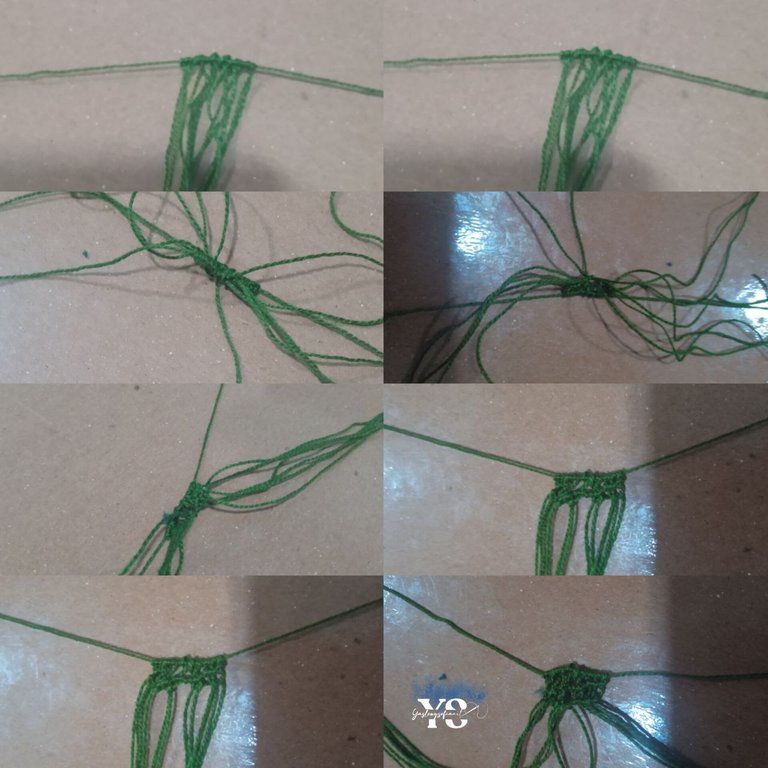
Con el hilo de algodón, repetí los primeros pasos 3 veces, para que se alargara más, pero básicamente hice lo mismo que los pasos anteriores.

PASO 5: Anudar las hojas al tallo de las rosas.
Aquí primero tomamos la hoja y hacemos nudos con los hilos sobrantes, para darle firmeza, ya después vamos cubriendo con el hilo verde, el alambre y enganchándole a los hilos de la rosa, como se hizo con las otras.
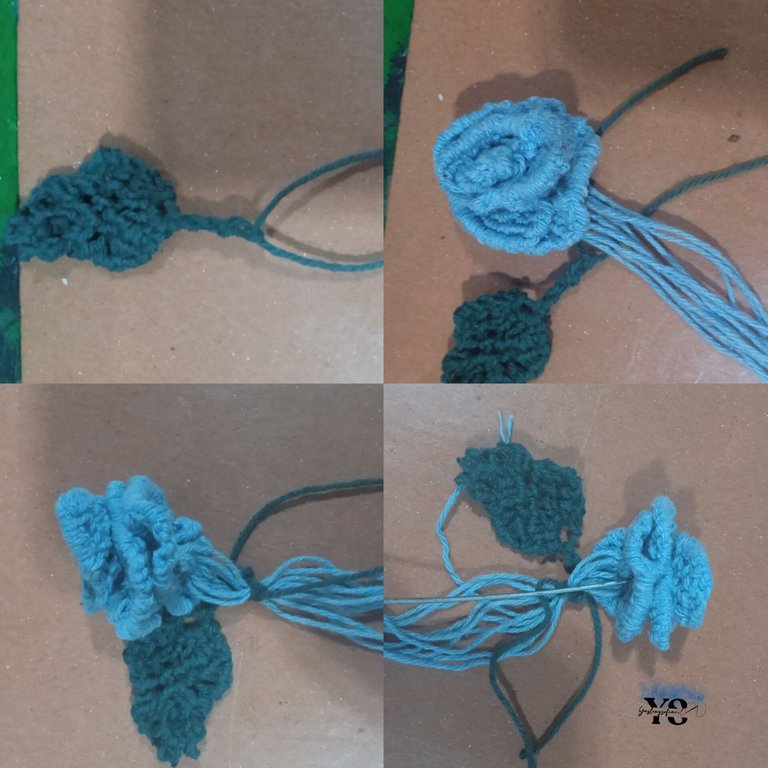
Este es el resultado de las 4 rosas, no quedaron tan bien, pero para ser primera vez entendiendo el proceso, resultó bien.
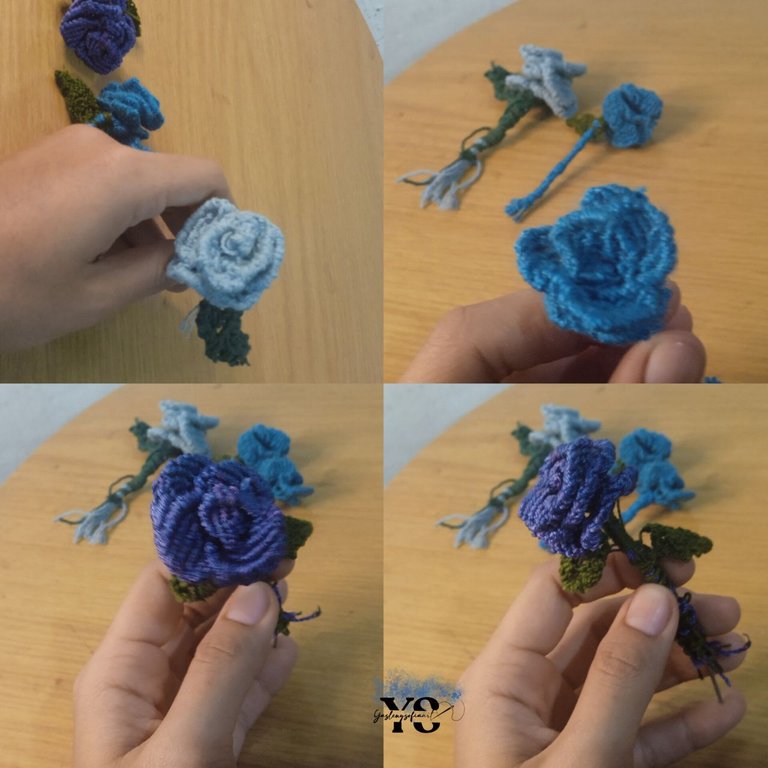
PASO 6: Armar el Bouquet.
Yo quería hacer las espigas de trigo en macramé, pero no resultó, así que compré estas, que son muy grandes, aunque cortándolas sirven para muchos bouquet y otras cosas. Primero tomamos las rosas y unos 4 o 5 espigas de trigo y lo unimos con hilo pabilo.
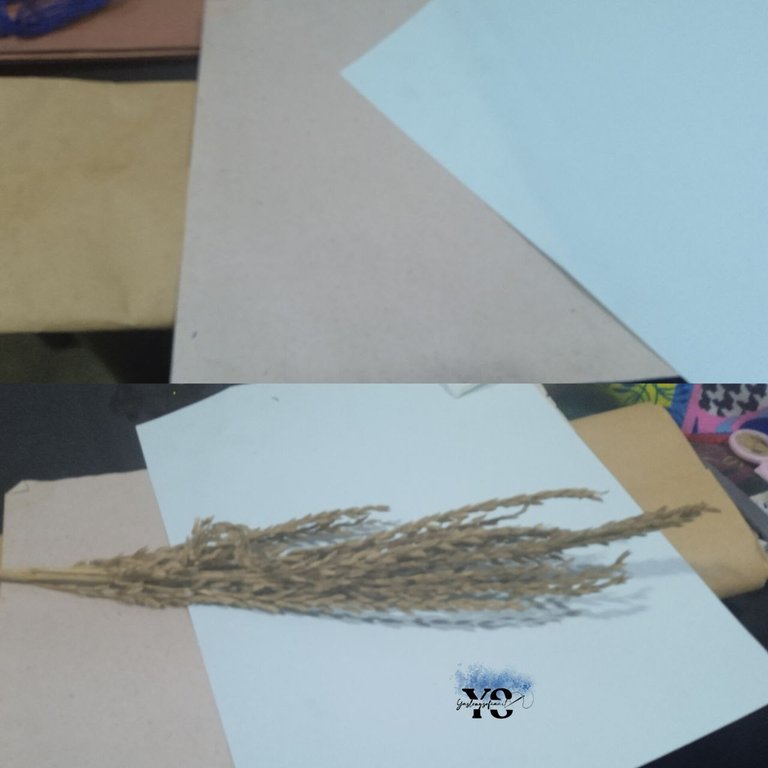
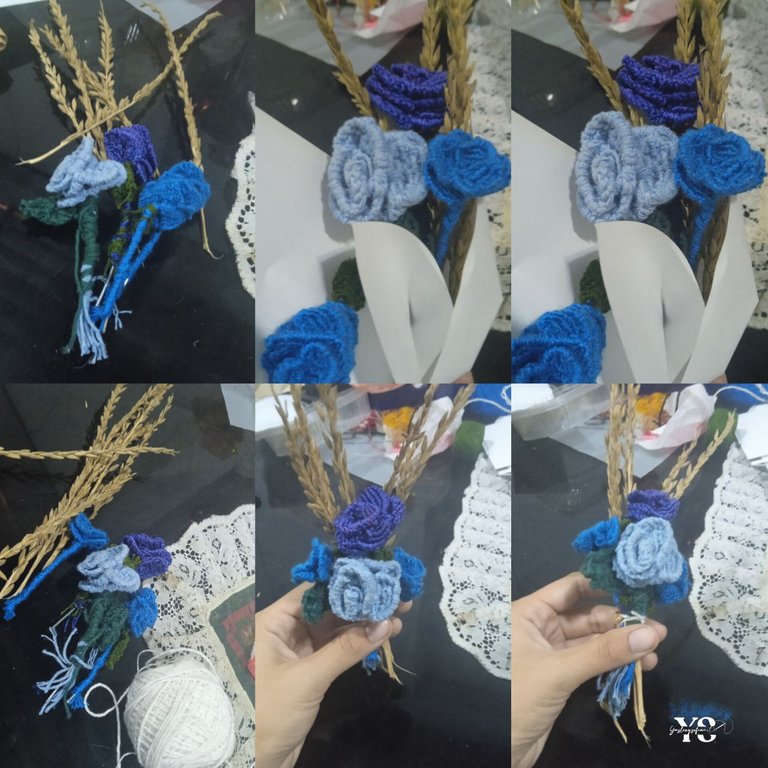
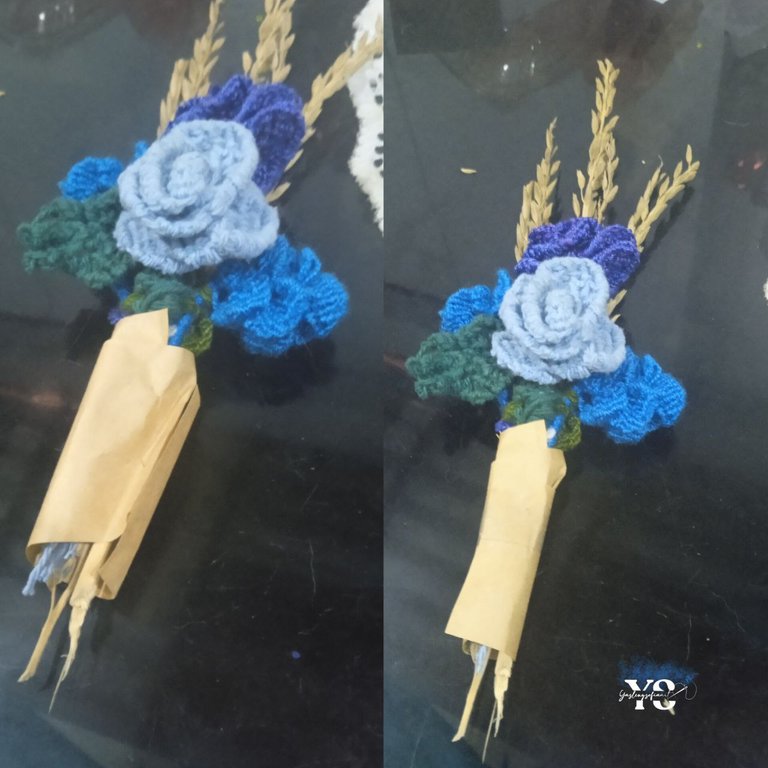
En mi caso, como se iba a ver mucho los defectos de las rosas, le enrolle un pequeño trozo del papel craft, para que así al enrollarlas no se vieran. Despues, cortamos un pedazo de papel craft de 10 x 12 cm y otro papel de color rosa, de 8 cm x 7 cm, es decir que este va ser más pequeño que el que se va ver externamente, yo no sé hacer bouquet, pero hice mi mejor intento, por lo que solo enrollé los papeles al arreglo y los amarré con un hilo estilo yute, que le da como su toque a todo.
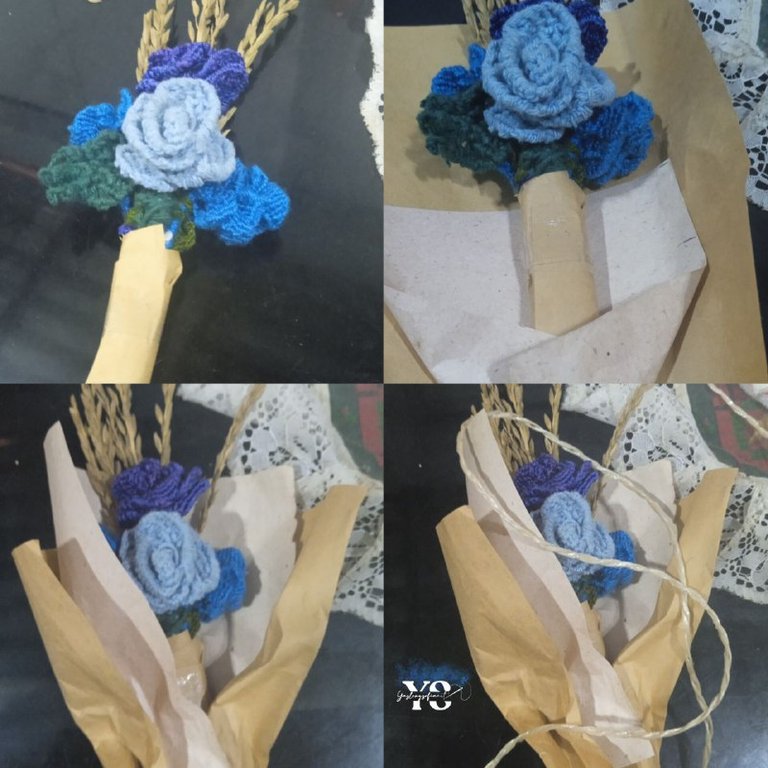
Este es el resultado final del todo, a quien se lo di le gustó mucho y espero sus comentarios al respecto.
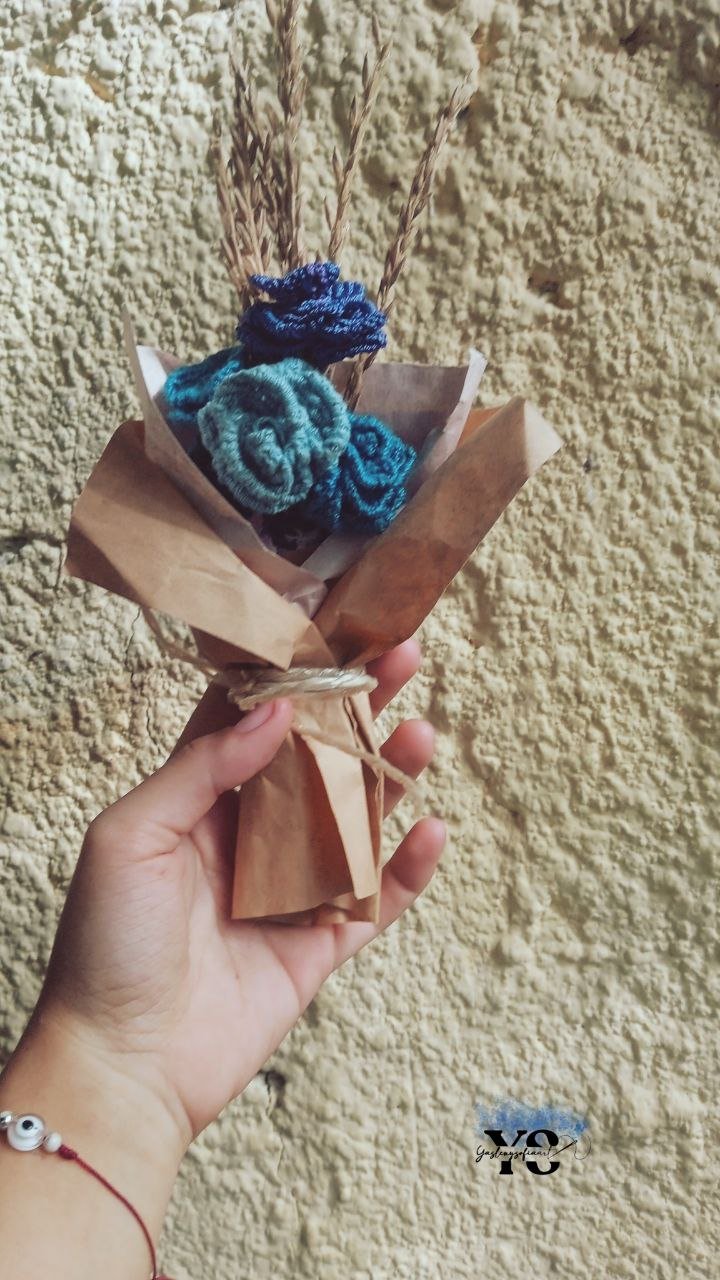
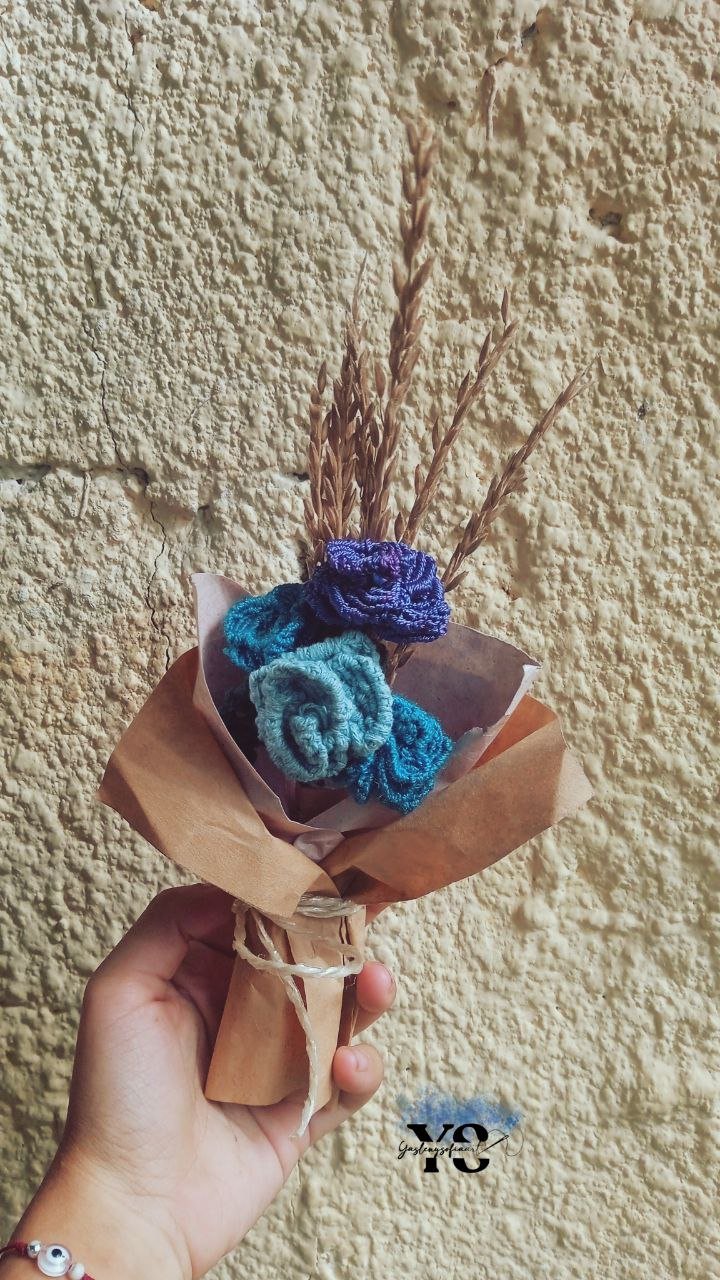
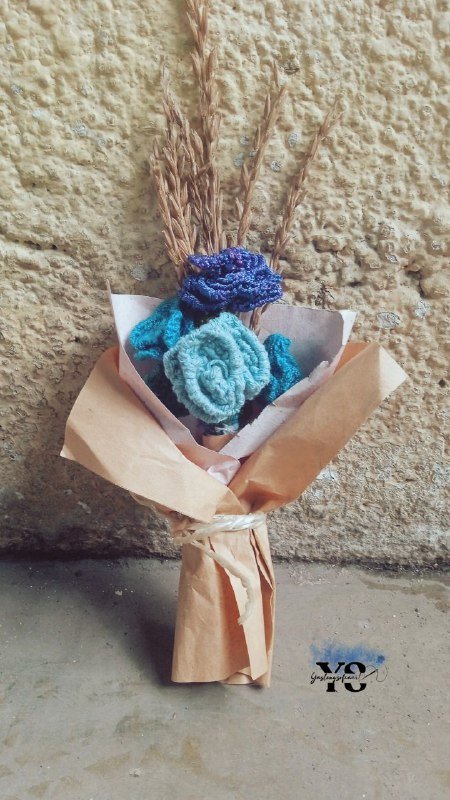

Las imágenes son de mi archivo personal, tomadas con mi celular Redmi 9A. Portada diseñada en CANVA. Texto traducido en DeepL.

Gracias por leer mi post. Espero que les haya gustado. Estaré atenta a responder sus comentarios. Pueden visitar mi blog, seguir mis contenidos y redes sociales.

FACEBOOK / INSTAGRAM / TWITTER



